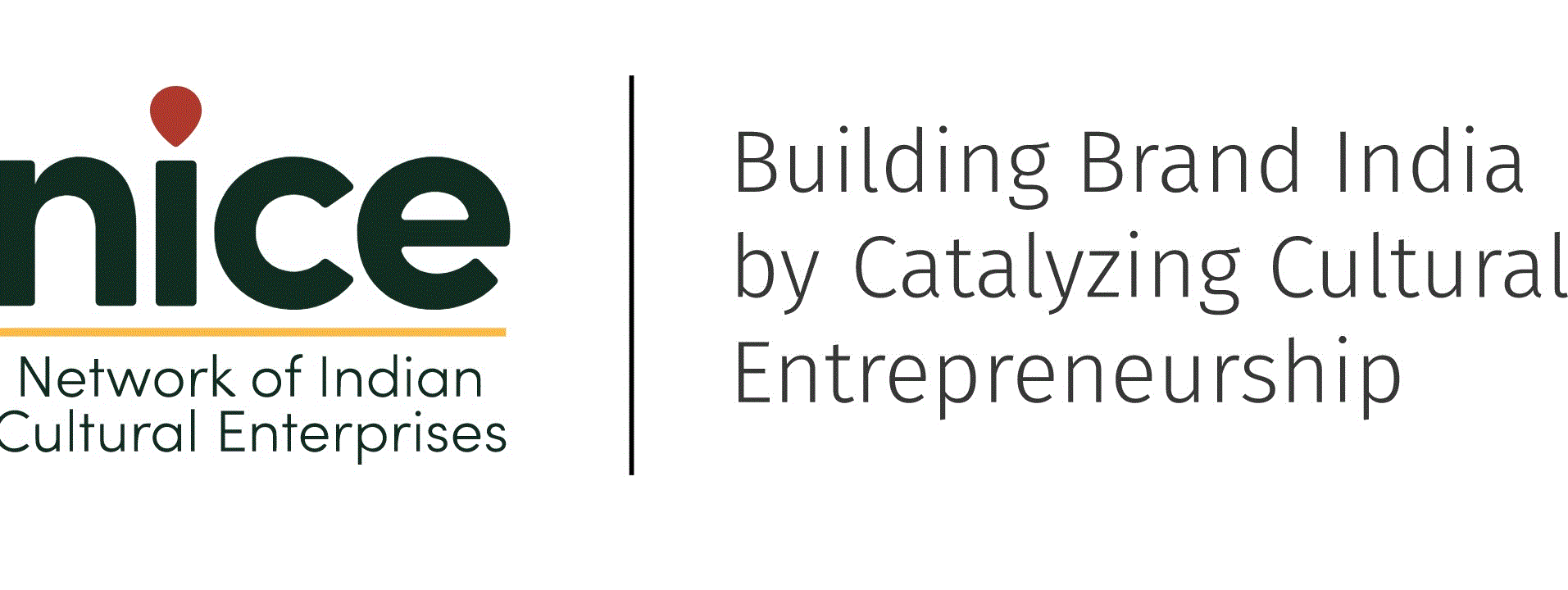
Investors & Funders
1
Build sector-specific, creativity-led portfolios that prioritise Responsible Consumption and Production (SDG 12) — an untapped and potentially lucrative opportunity in India amounting to more than $1 trillion.
2
Co-create and customise approaches, metrics, financial structures that address enterprises’ on-ground needs and challenges along the Expanded Missing Middle.
3
Introduce catalytic capital offerings in partnership with philanthropic and policy actors by using first-loss mechanisms to de-risk financing for the CMH sector.
4
Offer post funding support and mentorship to help enterprises with linkages to international markets, design networks, business strategy, capacity building and raising additional capital.
5
Leverage and support intermediaries by creating public-private-community partnerships to run strategic pilot projects that can de-risk innovation and bridge information asymmetries at scale.

Policy Makers
Ecosystem Actors
01
Build public good infrastructure to connect diverse actors using platform thinking to deliver access to the right resources at scale including technology, formalisation, access to service providers, and new partnerships.
02
Bridge information, trends, and data gaps by leveraging technology to deliver data, market intelligence, business support resources, and pathways to market access.
04
Choose depth over breadth by focussing on solving for a few key challenges.
05
Catalyse new and untapped networks for financing by working closely with philanthropic actors and other ecosystem partners.
03
Guide policy-makers and investors to direct the right capital to build lasting infrastructure.
06
Drive advocacy towards funders to reframe value for creativity-led solutions in India’s cultural economy.
5
Find a competitive advantage for your business
6
Work out the enterprise design
7
Invest in skilled professionals + mentors
8
Embed impact — inclusion, fair wages, climate positivity
9
Collaborate with peers, partners, networks
10
Apply to incubators, accelerators, startup competitions
by identifying product-market fit and building a clear + differentiated value proposition centred around an understanding of your customer as well as gaps in the value chain.
at the early-stages by syncing the same to founder values, long-term goals, and impact. Support it with strong organisational structures and processes.
who can support the enterprise journey and drive professionalism.
at early stages to build and communicate a stronger story. Invest in storytelling.
to achieve greater impact + scale while staying lean.
to better understand expectations of potential investors and become financing-ready.














